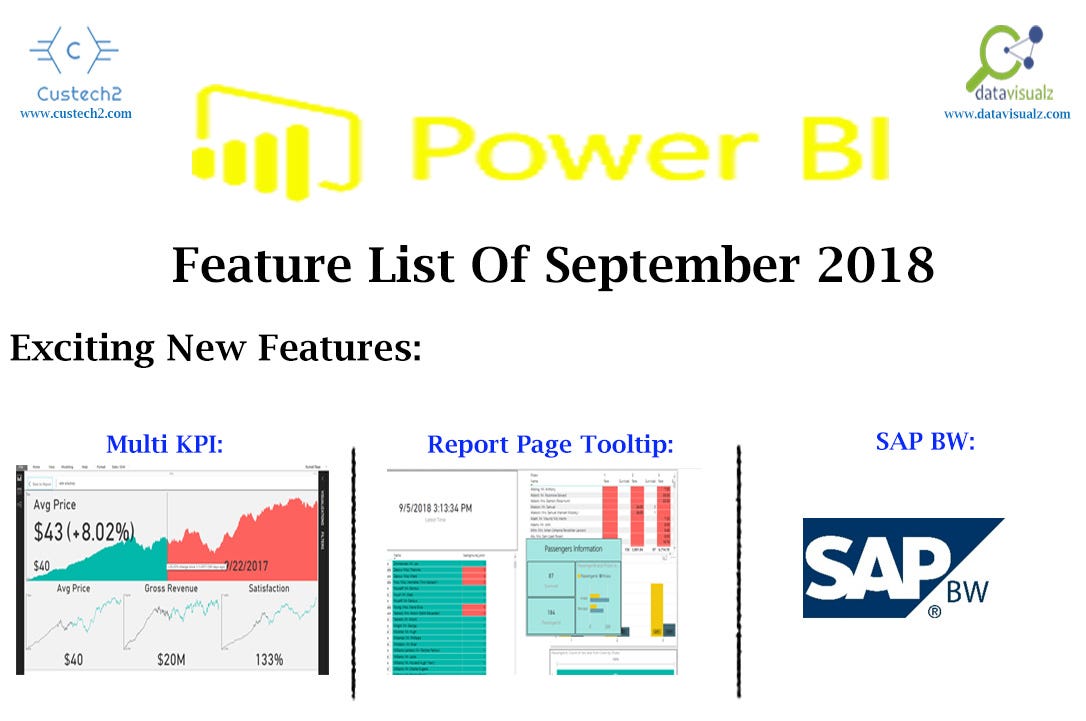

The first step, of course, is to import some data. Let's start with a completely blank Power BI document. The key here is these variance reports are completely dynamic, meaning you can dive into the details with a couple of clicks. With them, we can build nice variance analysis reports. We'll add comparisons to the report, using the three most important business scenarios: actual (AC), previous year (PY), and plan (PL). It's easy to build different views: monthly views, trends, structured tables, comparisons, etc. You can build multiple pages that take advantage of this technique. We'll use the same technique to switch the shown KPI (from showing revenue to gross profit, for example). Everything else is done behind the scenes with Power BI DAX, so you can switch between different views.

Here we're using just one Power BI custom visual. A single click and you can change the view from monthly values to the accumulated YTD values. We'll use a slicer to have a very simple way to switch from monthly to year-to-date results. Then we'll spend the majority of the tutorial on how to use Power BI DAX in a smart way to supercharge your Power BI dashboards.įinally, we'll prepare a nice Power BI dashboard that you'll be able to share with end-users and your management. If you prefer to watch the video, scroll to the bottom of this tutorial, enter your details and we'll send you the webinar recording and all PBIX examples to go along with it.įirst, we'll show you Power BI data modeling best practices, which will speed up the development of your dashboard pages and reports, and make them much easier to manage in the future. Note: This Power BI DAX tutorial is based on our 1-hour webinar on the same topic. Let's start with the big picture - an overview of what you'll learn in this tutorial. What do these questions have to do with Power BI DAX? Well, as it turns out, a lot. Great, because in this tutorial we'll explore the 6 fundamental Wh- questions of Business Intelligence: Remember the well known open-ended Wh- questions we all learned about in elementary school? The what, the how, the why, the who, the when, and all the rest? Tips and tricks that you'll learn in this tutorial will enhance the usability and the user-friendliness of your dashboards in a really massive way.īut before we get to that, let me ask you a question. "Oh, how did you do that Power BI DAX trick? How do you do the year-to-date slicer? Can you change the measures dynamically in charts?"Īll of these and much more can be solved in Power BI using DAX.


 0 kommentar(er)
0 kommentar(er)
